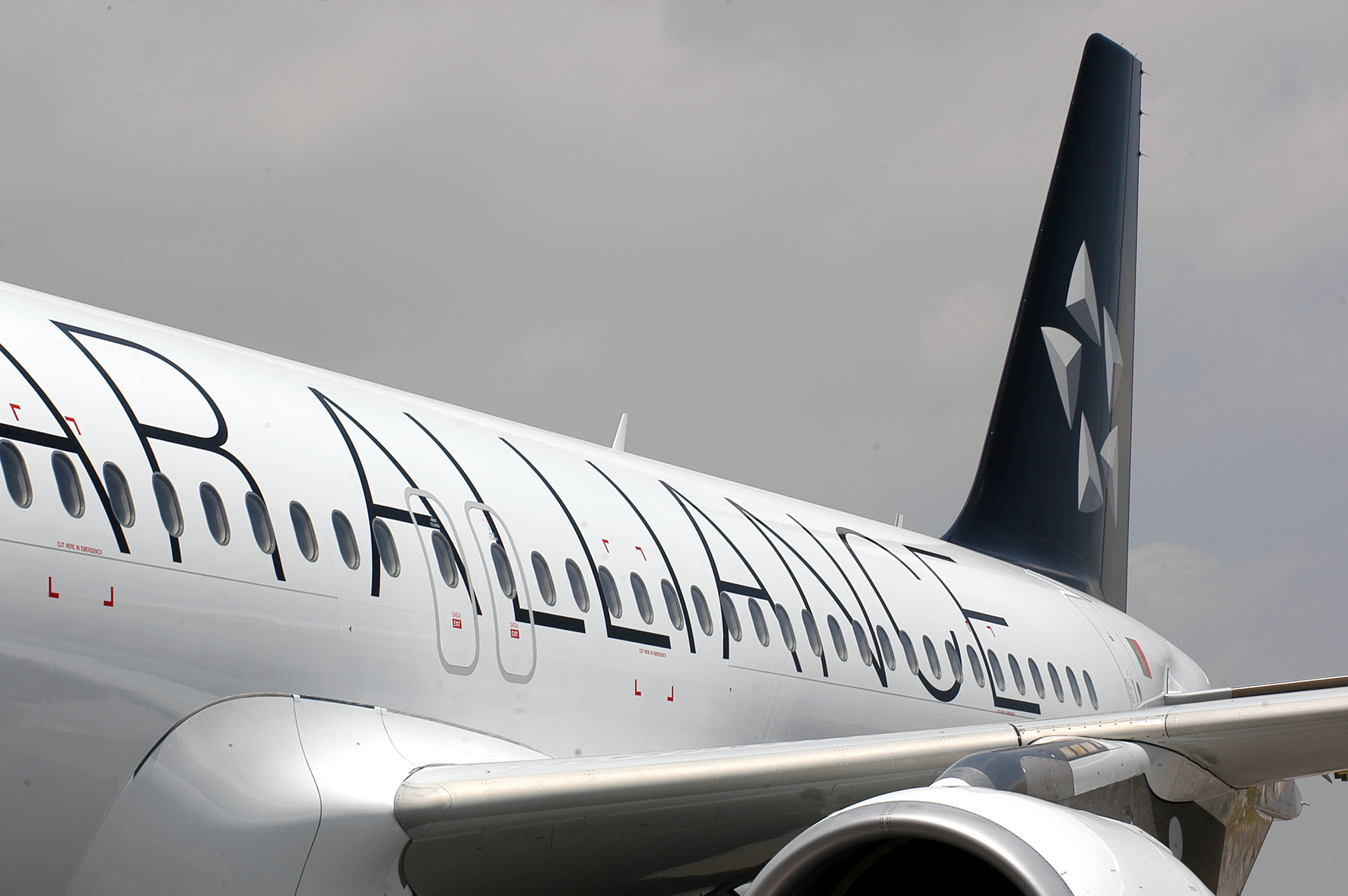The volume of global transport could double or even quadruple by 2050, according to a new study released today by the International Transport Forum (ITF), an intergovernmental organisation with 54 member states associated with the OECD.
GDP growth, freight intensity of economic activity and demographic change are important drivers of this growth. But key determinants for the level of future increases are policy choices, according to the ITF Transport Outlook, an annual report containing long-run scenarios for global transport activity and related CO2 emissions.
China and India drive transport volume growth, with traffic increases to between 4 and 9 times the present level. Across non-OECD countries, surface passenger transport volumes could be four or five times higher in 2050 than today. For the industrialised OECD area, surface passenger travel (measured in vehicle-kilometres) is projected to grow by 50-60%.
For surface freight volumes – i.e. goods transported by road and rail – ITF projections put growth at up to 430% in non-OECD emerging economies and up to 125% for the OECD area. With low GDP growth and a decoupling of economic growth and freight intensity, the growth figures there could be 100% and 40% respectively at the lower end.
Strong increases in transport volumes mean strong growth of emissions from transport. The baseline projection sees global CO2 emissions from surface transport grow by 80% by 2050. At the top and bottom end, the increase could be as high as 170% or as low as 30%.
The outcome will depend not least on choosing the best long-term strategies to support growth and protect the environment. Policy choices are particularly important in the cities of emerging regions, as exploding urbanisation shapes global transport trends.
A case study in the ITF Transport Outlook on emissions in Latin American cities shows that urban policies favouring private cars lead to 30% higher emissions, while policies favouring public transport result in 30% lower emissions (compared to a business-as-usual scenario). These results are not purely hypothetical but based on patterns of development that exist across the region in today’s major cities.
Policy-makers face a funding dilemma, however: Demand for transport is growing rapidly but budgets are getting tighter. Tax revenue available for transport infrastructure is often eroded by the economic crisis. Structural factors such as falling fuel tax revenues due to growing fuel efficiency add to the problem. This trend reinforces the importance of pricing mechanisms such as road charging, both for revenue generation and demand management, e.g. to reduce congestion in urban areas.
On the publication of the 2013 ITF Transport Outlook, José Viegas, Secretary-General of the International Transport Forum, said:
“The 2013 ITF Transport Outlook is based on original research by ITF experts. It also incorporates insights from ITF’s 2013 Annual Summit of Transport Ministers on Funding Transport – namely on how to establish sustainable funding mechanisms for the transport sector and emphasise the need for long-run funding strategies.”
The ITF Transport Outlook will be of interest to policy makers, transport planners, regulators, economists, financial institutions, transport researchers and related areas of interest. From 2013, it is published as part of the OECD’s Outlook series and incorporates a wide selection of data tables and statistical material on transport developments previously published independently in another ITF publication, Trends in the Transport Sector.
WHAT TO TAKE AWAY FROM THIS ARTICLE:
- From 2013, it is published as part of the OECD's Outlook series and incorporates a wide selection of data tables and statistical material on transport developments previously published independently in another ITF publication, Trends in the Transport Sector.
- A case study in the ITF Transport Outlook on emissions in Latin American cities shows that urban policies favouring private cars lead to 30% higher emissions, while policies favouring public transport result in 30% lower emissions (compared to a business-as-usual scenario).
- The volume of global transport could double or even quadruple by 2050, according to a new study released today by the International Transport Forum (ITF), an intergovernmental organisation with 54 member states associated with the OECD.






















